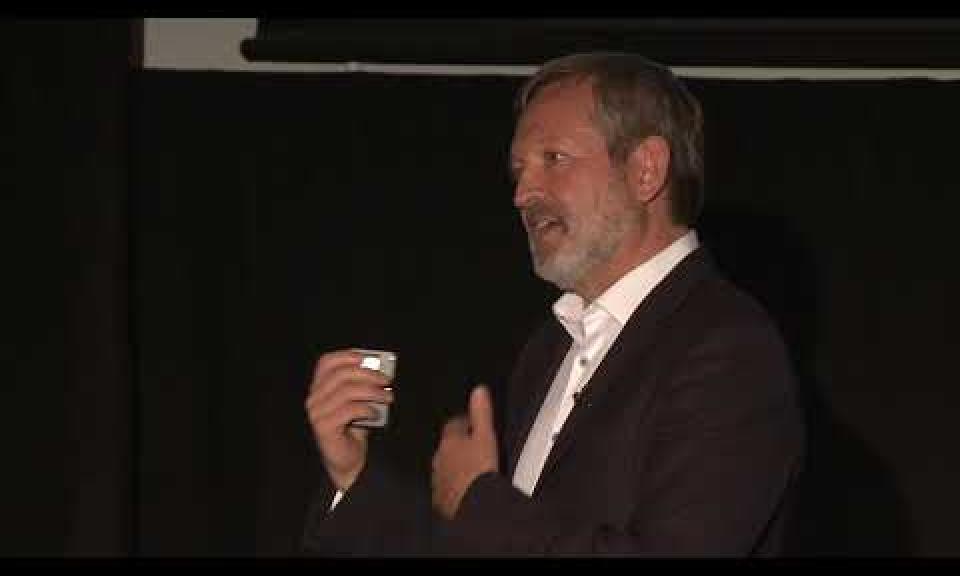Management Fundamentals in the NHS: A Case Study

In today’s NHS, complex and challenged as it is, the importance of management skills cannot be overstated. All senior clinicians run teams, manage resources and set strategy for their service and need to do so effectively. At the same time the public worry – and sometimes get angry – about ‘managers’ taking too much of the precious resource.
Faced with these challenges and an extremely busy environment, one NHS Foundation Trust decided that its senior staff needed practical means to develop management skills appropriate to them and so the CNWL Management Fundamentals Programme was developed and is now in its fourth year.
Central and North West London NHS Foundation Trust (CNWL) is one of the largest trusts in the UK, with almost 7000 staff. It provides Mental Health and Community Health Services to a number of boroughs in North West London and in Milton Keynes and specialist services – sexual health, addictions, eating disorders and prisons across a wide geography in London, Surrey and Kent.
The CNWL Management Fundamentals Programme equips senior clinicians at the trust with the leadership skills required for their managerial roles.
Programme Director and Chair of CNWL, Professor Dot Griffiths comments, “The advantage is that we can make it very focused on our Trust and the challenges specific to us.”
The programme is continually revised so it remains relevant in the fluid terrain of the NHS. This year, it was built around the five core challenges that the Trust faces: the landscape it operates in; finance; service quality; the workforce, and leadership – with modules focusing on each of them.
The Programme invites delegates to explore these challenges from the perspective of the Trust and of their Team. It uses a variety of speakers from health and other arenas like successful schools and national think tanks, as well as Executive Directors and specialists at the trust. Held away from the Trust, usually at the University, it uses a variety of teaching methods.
In speaking about the first module, one delegate noted, “it is a particularly beneficial course as topics were directly related, and could be applied to, practice within CNWL. It was also coordinated in such a way that facilitated networking with colleagues across departments that we would not necessarily have the opportunity to meet otherwise.”
At its core, the programme gives clinicians time outside their extremely busy working lives to reflect on and develop their skills with their peers.
Dr Simon Edwards was a physician in HIV when he started the programme. He is now the Clinical Director for Sexual Health and HIV Services and the Trust-wide Clinical Lead for Quality Improvement:
"“This was a fantastic course which had a massive impact on my personal development and career. It enabled me to experience life within CNWL beyond my own department and both inspired me and gave me confidence to take on new roles within the Trust. It was a life changing course for which there is no going back….I always strongly recommend the course to colleagues not only for their personal career development but for the benefit of the services in which they work.”"
Dr Cornelius Kelly, Programme Director and Medical Director of CNWL, said, “when we started four years ago we focused on (medical) Consultants but two years ago we opened up entry to all senior clinicians (doctors, nurses, psychologists, therapists, pharmacists) and this has undoubtedly added strength; the programme now more closely resembles the reality of the NHS and the challenges faced by its diverse leaders and managers. We give the participants a number of tools to look objectively at themselves, their team and service; we ask them to consider what changes might be made to deliver high quality, effective and efficient care to informed patients and carers in the twenty first century. We focus on measurable outcomes rather than inputs, taking examples from other high performing public services facing similar challenges. The feedback has been very good and we are seeing a positive impact on service delivery.”
The Programmes is organised into four two-day Blocks, each a month apart. Each Block has a theme based around the challenges, and each Block is designed to test the delegates personally.
Participants contribute back to the Trust through Team and Personal Action Plans, and through a substantial Quality Improvement Project. They apply their learning from the programme to their particular service. Past examples have generated huge savings from changing pathology requirements, the development of dementia screening in prisons, and exploring commercial opportunities for certain types of psychosocial training.
"“The course has been like liquid gold…. A fantastic opportunity for me to have a reflective space away from my work setting to deepen my knowledge about the organisation and myself. It’s been a journey of awareness that has empowered me as a leader and given me skills, knowledge and, above all, more confidence. The quality of the teaching, workshops and interactive sessions was superb, I’ve thoroughly enjoyed every minute. I’ve welcomed the opportunity to meet colleagues from across CNWL who are motivated, dynamic and innovative and who have all contributed to the richness of this experience. Dot and Con are a wonderful partnership with such expert experiences but who connect with you at a human level and are integral to the personal and professional development of all the participants. They are leaders for CNWL to be proud of and they are growing the next generation of leaders through this course.”"
Dr Deirdre Bonner, a Consultant in Old Age Psychiatry, attended the programme in 2015. At the time, Deirdre was running a pilot in women’s prisons, screening the over 50s prison population for dementia.
Deirdre explained, “the prison population is aging and many prisoners have the biological characteristics of people fifteen years older than themselves. In the pilot we found a prevalence of dementia significantly higher than in the general population and a large number of the population had risk factors which would place them at risk of vascular dementia in the future.”
Dr Bonner developed a proposal to improve the diagnosis of dementia in prisons, providing appropriate support to prisoners, and dementia training to staff to enable appropriate release planning. She presented her business proposal at a conference chaired by the Head of Health and Justice Commissioner for NHS England South and received a positive response
Delegates begin their projects early in the programme, and continue to work on them with support from a coach for six months.
In the four years it has been running the Programme has developed a great reputation in the Trust.
"“A thoughtfully constructed course, which delivers an inspiring programme for development in a supportive and encouraging environment. There are lots of thought provoking discussions and a strong element on professional self-development. It was a privilege to learn from such an array of experts as well as have the opportunity to network with inspiring colleagues from across the Trust. Definitely the most helpful management/leadership course I have attended.”"
"“This programme has been a wonderful, inspiring and very helpful experience in reflecting on and developing management skills but also thinking about NHS context in general, generating new ideas and above all energized motivation to improve and develop clinical service within a challenging context! The personal feedback (Myers Briggs, EI etc) is invaluable for personal development for both my managerial and clinical roles. It's a privilege to have access to this learning opportunity and time to reflect in a group on our personal development. The QI drive in CNWL is a wonderful opportunity to take steps in adapting and improving our services and provides an opportunity to learn and collaborate within a national context. Thank you to everyone!”"















